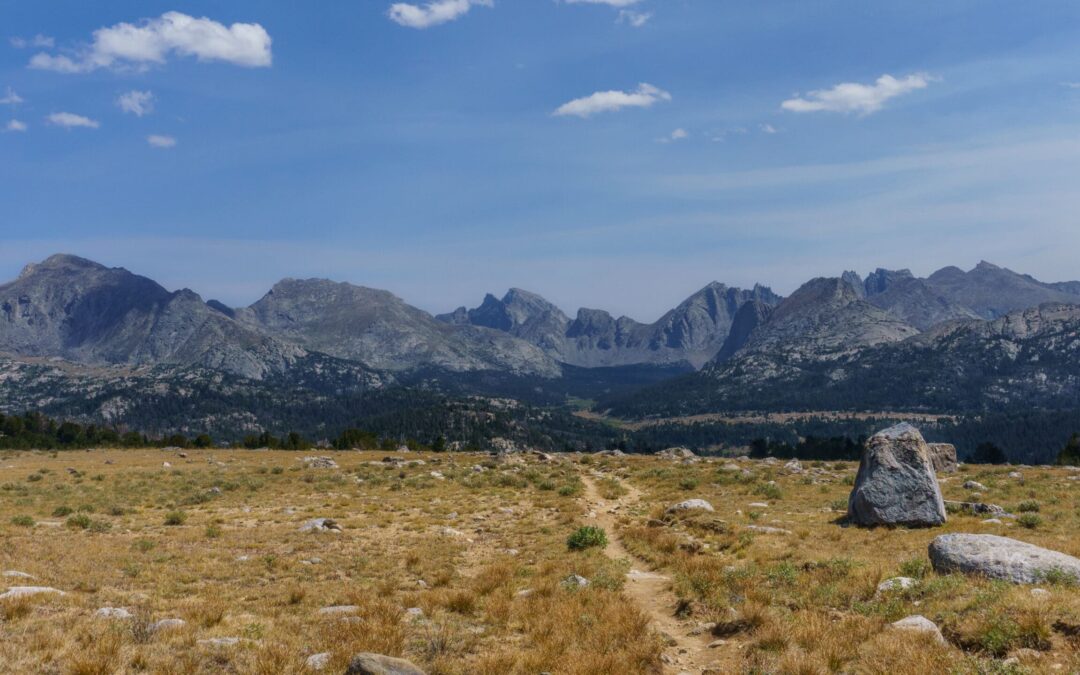In celebration of National Trails Day on June 3, we are highlighting some of the work being done in the Continental Divide National Scenic Trail (CDT) landscape. Over the past decade, the CDTC’s mission to complete, protect, and promote this iconic trail has fostered growth, connection, and community-centric conservation. CDTC is committed to creating a more inclusive model for collaboration– one that benefits all parties that recreate, reside, and utilize resources along the CDT.
By L. Fischer (they/them) | CDTC Trail Policy Manager
Now is the time to complete the CDT. Over the past four decades, since the trail’s creation, federal agencies, nonprofit partners, volunteers, and other members of the trail community have diligently worked to complete the CDT. Currently, there are more than 160 miles of the CDT where those seeking a continuous footpath are diverted onto busy roadways and highways, making for a journey that is not only less safe, but not aligned with the characteristics for which the trail was designated.
In 2023, our highest priority from Congress, besides continued funding, is support for the CDT Completion Act. This piece of signature legislation is central to the CDT Experience and fundamental to CDTC’s mission to complete, protect, and promote the Continental Divide National Scenic Trail. Luckily, the CDT has amazing champions in Congress, including Rep. Neguse (CO) and Rep. Leger Fernandez (NM) who were the original co-sponsors for the bill when it was introduced last session in the House, and they were joined last year by Senator Heinrich (NM) and Senator Daines (MT) who introduced the bill to the Senate. These champions have continued to support this legislation in the 118th Congress, and CDTC continues to grow excited about the bill’s vision, which is to prioritize the completion of the CDT by the trail’s 50th anniversary in 2028.
The CDT Completion Act has three main directives:
- Directs the Secretaries of Agriculture and Interior to create The Trail Completion Team. The Team will be made up of USFS and BLM staff, in coordination with the CDT Administrator.
- Recognizes the value of cooperative stewardship between federal land managers, states, Tribes, towns, Indigenous communities, volunteers, and others in building and managing the trail.
- Explicitly states that eminent domain will not be used to complete the CDT.
As CDTC reflects on the past year’s accomplishments and looks forward to the future, the voice of our trail community is more important than ever. I invite you to join us in advocating for the CDT during one of the many opportunities throughout the year that you can join CDTC and make your voice heard.
Get involved!
To stay informed on the latest developments impacting the CDT and learn more about opportunities to use your voice, sign-up for advocacy alerts and mark “Speaking Up for the Trail”.
To learn more about CDTC’s priorities, you can read the full 2023 CDTC Congressional Report.

